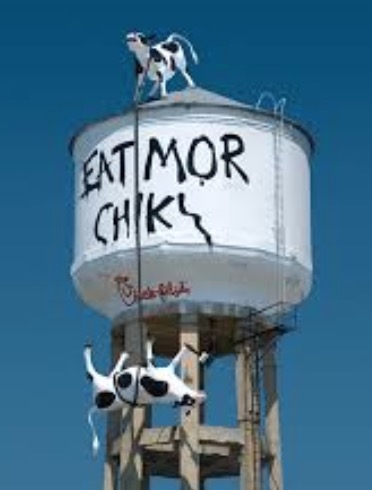For starters, I’m new to graphic design. Excited to find help and a community to further my exploits. I have a question about the utilization of traditional art in graphic design, especially for use in word graphics that are not font based. To begin, how often does an industry or artist graphic designer utilize their hand drawings/paintings in their graphic work. What kind of hardware is typically used to create mixed media graphics typically? I’m assuming a scanner might be a good investment but I’ve had moderate luck with just taking pictures. I’ve seen some really awesome posters and such that have these great complex text designs, are things like that easier to create with typically the Bezier pen? How about drawing them on paper and then tracing them in your program? Any help would be appreciated. Thank you!
In my niche, I’ve never used paintings, and rarely used my own hand drawings. If I’m doing a logo, I’ll do rough sketches on paper, then narrow down the candidates, and pick one to develop further. I’ll do a detailed sketch of that, then scan on a cheap desktop scanner. I’ll insert that image into Illustrator and put that on it’s own layer. On a separate layer above that I’ll do the vector drawing. I can see the image underneath my drawing while I am drawing. I’m using the drawing as a reference.
Depends what you are trying to end up with. Generally, if you’ve got a scanner, and also a camera and copy stand with decent lighting tools, you can do a lot.
Impossible to say without seeing a sample. Illustration can be much easier with a pen, but it’s an acquired skill.
How you “mix” your media depends on what your final output is going to be and how many copies of it will be needed.
If you are doing flat art, like a painting or sketch, if it’s small enough, you can use a desktop scanner (remembering you are pressing your art to the glass!) or a good camera on a camera stand. You want the ppi high enough for print. If it isn’t small enough, or you don’t want to feed it through a large docuscanner, or you don’t want to lay the paint on the glass, or there are lighting issues you can’t overcome, there are studios out there that can photoscan your art for you, but it ain’t cheap, relatively speaking. For a large project, the cost isn’t an issue, but for something small or one-off it can be hard to get the client to cover it.
If you are doing art with any kind of three-dimensionality to it, but still relatively flat there used to be studios out there with Cruse scanners. Most of those around here have switched over to pro capture and image stitching software.
For illustration work, learning to use a tablet and stylus can be a good thing. There’s a learning curve, as with any software, but if you can already draw and paint, it’s fairly easy to pick up. Procreate (for iOS) is awesome. I think Adobe Fresco is still around too. It used to be free. I use Photoshop for hobby illustration work. Often an idea will come to me while not at the computer and I’ll sketch it on a handy bit of paper, take a photo with my phone, do a red-line layer in Photoshop then finish it off over that.
An even larger learning curve are the 3D softwares out there. Blender is free and offers a lot of drag and drop but at what point is that not Art. Same goes for AI. Even Photoshop incorporates AI if you let it.
Mixed advertising media can get fun. I do love clever billboards. Chick-fil-a has a whole campaign going with these things:


Hey, thanks for the reply. Really great to hear about the different options available for scanning. I like the idea for doing red line work and painting over it. I remember having Blender in high-school and making some polygonal scenes using some very “Vaporwave-esque” lighting. It was a good time. I plan on doing flat art mostly so I see a scanner in my future as well as a stylus and drawing pad, I do make some more textural art outside of the digital space so I could see those other options helping me out too.
I guess a good example would be a graffiti inspired text motif on a graphic poster for a band, I see it in a lot of Asian language posters too. I’m inspired by Chinese calligraphy generally. I will be trying some of these techniques you mentioned out. Thanks!